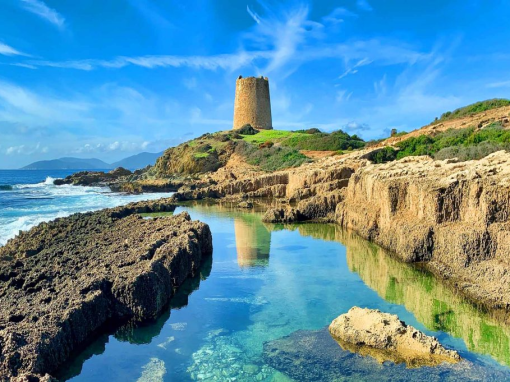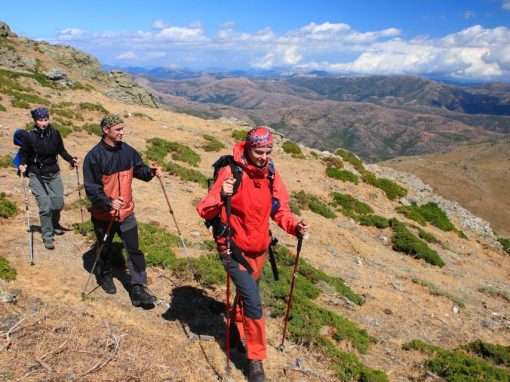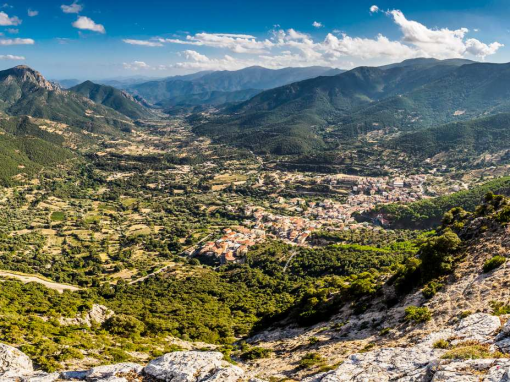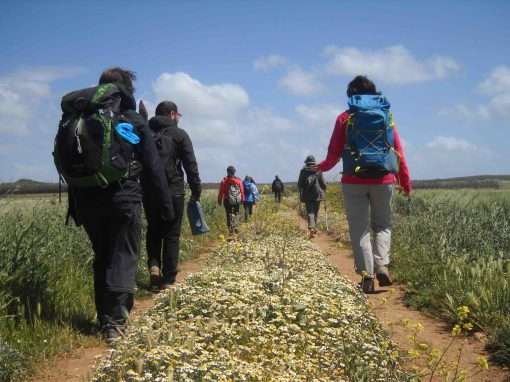Every year, since 1657, on 1 May, the Sardinians have been fulfilling the vow made to Saint Ephysius for the end of the plague. Worshippers arrive in Cagliari from every part of the island, with the best horses and sumptuous traditional clothes. From the little Church of Saint Ephisius (Sant’Efisio) in Stampace, a historical district of the capital, a procession of thousands of worshippers sets off, accompanying the golden carriage that transports a simulacrum of the saint. Those participating in the procession walk for four days, from Cagliari to Nora and back. The Path of St. Ephysius follows the same route as the procession, but it is an experience that can be enjoyed independently in every season. It’s a pedestrian and cycle path of about 40 kilometres that, despite crossing urbanised areas, leads to the discovery of splendid natural environments, such as the Santa Gilla lagoon, where you can watch flamingos in flight. Leaving the capital, you come across the fishing village of Giorgino, then the sandy coast of La Maddalena, in the Capoterra area, and lastly Villa d’Orri, a historical residence where the first stage ends. The second day’s walk crosses the territories of Sarroch, Villa San Pietro and Pula and ends in the place of martyrdom of the saint, the thousand-year-old Church of Saint Ephisius (Sant’Efisio), on the beach of Nora, next to the ruins of the ancient city, which was first Phoenician-Punic and later Roman. The next two days are the return journey along the reverse route.

PATH 100 TOWERS
The coastal landscape of Sardinia is dotted with watchtowers largely built during the Spanish domination in the 17th century. They stand on promontories overlooking the sea and offer unforgettable views. Many of them are still in excellent condition and sometimes host museums and exhibitions. The Cammino 100 Torri (Path of 100 Towers) connects them, completing the entire circumnavigation of ...







